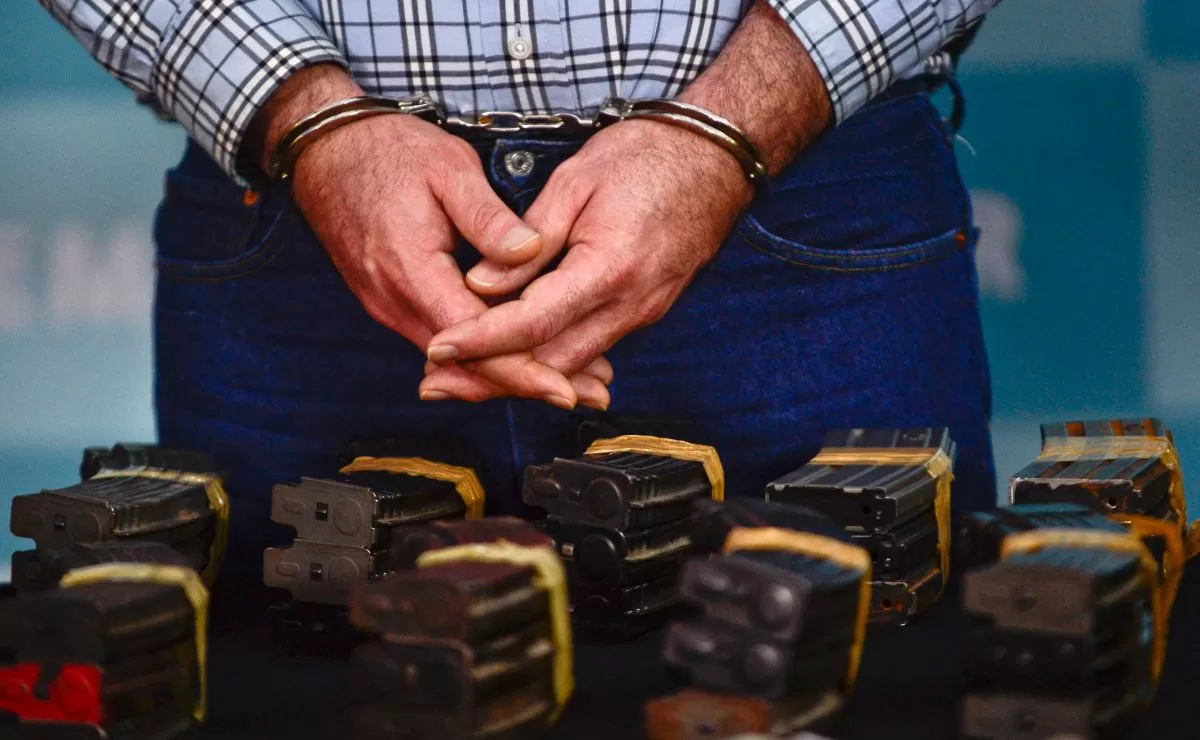This Friday (14th) is World Coffee Day. Although the plant most likely appeared on the African continent, in Ethiopia, thousands of years ago, this is the most popular energy drink in Brazil. Indeed, the history of our country would be different if it weren’t for the coffee tree (Coffea sp.) and its characteristic red fruit.
Few people know, but the first coffee trees arrived in Brazil in 1727, coming from French Guiana to the city of Belém, in Pará. Many years later, in the 19th century (between 1801 and 1900), the plant arrived in the Paraíba River Valley and proliferated throughout the states of Rio de Janeiro, São Paulo, Minas Gerais and Paraná. From then on, the drink gave rise to a new national economic cycle and the rest is history. In fact, it is still present, as we will see later.
Even though it is immensely popular — as it is difficult to find anyone out there who rejects a good cup of coffee, with or without sugar — there are many unknown facts about the Brazilian favorite drink. Next, find out five fun facts about her!
1. Coffee lowers the risk of early death
Science has already proven: coffee is good for health, considering healthy people and moderate doses. If you have any heart condition or have been diagnosed with Attention Deficit Hyperactivity Disorder (ADHD), it is worth checking with your doctor how much of the drink you can drink per day. Sometimes it’s not even recommended.
In addition to these specific cases of contraindication, different studies have already measured the benefits obtained among those who have the habit of drinking coffee daily. For example, drinking decreases the likelihood of a person having type 2 diabetes or even dementia (Alzheimer’s and Parkinson’s). Another recent survey, led by researchers at the University of Jinan, China, pointed to a lower incidence of early death from various causes associated with daily intake.
2. Extra strong coffee has no more caffeine
There is the idea that the stronger, bitter and darker the coffee, the more caffeine and “energizing” effect the drink will have. However, this is just common sense and, most of the time, the coffee marketed as extra strength is only the worst quality. Without any special features, like an extra dose of caffeine.
What gives the color to the coffee powder is the roasting process, which does not necessarily affect the amount of caffeine in the product. In this sense, extra strong coffee is “just” the most burnt of all. As the grain is mostly roasted, it is in this batch that producers usually include inferior quality seeds and, sometimes, leaves and twigs from the harvest that were not properly separated. Roughly speaking, it is the rest of the production and, as such, is cheaper in the markets.
3. There is a scientific explanation for the habit of not using sugar in coffee
Even more controversial than the discussion of whether it is a biscuit or a cookie is the debate between pure coffee aficionados and those who love the drink with sugar or sweetener. The most curious thing about this story is that, according to scientists at the George Washington University, in the USA, the fighting can be explained through biology.
After analyzing the consumption habits of more than 500,000 Americans, the researchers found that the explanation for the preference, most likely, lies in genetics and the degree of sensitivity of individuals to the effects of caffeine on the body. Those who do better with the effects of the substance and absorb it faster, on average, prefer not to add sugar. This group of people also tends to prefer dark chocolate.
4. The coffee is almost always Brazilian
At the beginning of this list, we briefly highlight the importance of coffee in the history of Brazil and reinforce that the product is far from being in the past. That’s because, if you have a coffee anywhere in the world, the chances of consuming a Brazilian product are very high. Today, our country leads the world production.
According to the data platform Statesman, Brazil is the world leader in coffee production. To dimension the scale, adding the volume produced by the other three largest producers (Vietnam, Colombia and Indonesia), the total value is still lower than the Brazilian production. In 2018, 69 million bags were produced, each containing 60 kilos of Brazilian coffee.
Nationally, the Ministry of Agriculture, Livestock and Supply (MAPA) informs that “the production of the Arabica species (the most popular) is concentrated in the states of Minas Gerais, as the largest producer, followed by São Paulo, Espírito Santo and Bahia. These four states concentrate 85% of the national production of this species”.
5. Use coffee in moderation
The idea of using a plant in moderation may seem alarmist, but coffee can indeed be considered the most consumed psychoactive drug in the world. As such, substance abuse is capable of generating dependence. According to researchers at Johns Hopkins University in the United States, the most common symptoms of caffeine withdrawal are:
- Severe headaches;
- Fatigue;
- Dysphoric mood, such as a bad mood;
- Inability to concentrate;
- Flu-like symptoms.
According to the scientists, in an article published in the journal Journal of Caffeine Research, “it was found that the severity of symptoms increases as the daily dose of caffeine is higher”. So, the advice is: put a healthy limit on your consumption, even if today is World Coffee Day.
Source: With information: Federal government, Wired, Journal of Caffeine Research e Statesman




